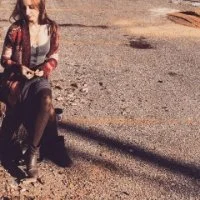DOCK Contributor Muriel Nelson shares the secret behind the delicious final stanza in her poem, "On Silent Haunches"
KJB: The line from Psalm 19:2 seems to be a perfect companion for the way in which you respond/pay homage to Sandburg’s, “Fog”. Did you find any of the rest of the Psalm informing the poem, or did the line just spring out to you organically?
Read More






